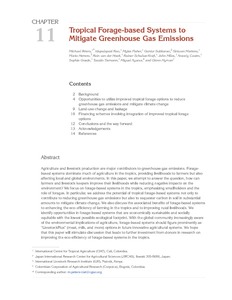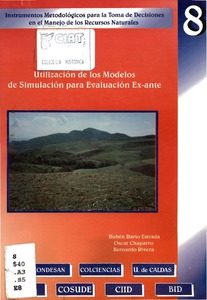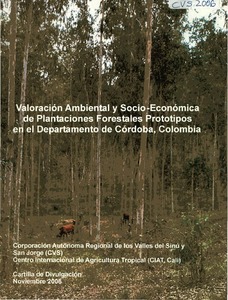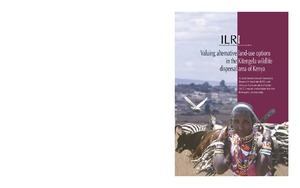land use
AGROVOC URI: http://aims.fao.org/aos/agrovoc/c_4182
Utilización de modelos de simulación para evaluación ex-ante
Urbanising India and river health.
The presentation looks at the current status of river systems of India from a basin perspective, and review how indicators of urbanization, such as demographics and migration, infrastructure development, growth of cities and towns, development of urban agglomerations, provision of utility services and land-use changes, have impacted the life of rivers.
Validating the Nicaragua dual purpose cattle value chain impact pathway(s)
Use of deep-rooted tropical pastures to build-up an arable layer throught improvement soil properties of an oxisol in the Eastern Plains (Llanos Orientales) of Colombia
It is widely believed that tropical soils (mainly Oxisols) have excellent physical characteristics such as high infiltration rates, high permeability of water, good and stable soil structure and that consequently, they can support mechanized agriculture. However in the Eastern Plains (Llanos Orientales) of Colombia, when Oxisols are subjected to tillage using disc harrow, soil physical conditions deteriorate rapidly.
Use of GIS in land resources management in the Colombian Orinoco Region
Valoración de los diferentes métodos de correción topográfica en imágenes de satélite aplicado a la respuesta espectral del café
Valuing alternative land-use options in the Kitengela wildlife dispersal area of Kenya. A joint International Livestock Research Institute (ILRI) and African Conservation Centre (ACC) report undertaken for the Kitengela community
Using multi-site experimental data for seasonal forecasting and future conditions of crop yield
Utilizacion de la tierra e importancia de la yuca en la finca DRI en los Departamentos de Atlantico, Bolivar, Cordoba y Sucre
The results of a survey conducted in 1983 among 416 farmers participating in the integrated rural development project (DRI, Colombia) in Atlantico (60), Bolivar (66), Cordoba (156), and Sucre (134), on land use and importance of cassava within the farming system, are presented. Except for Bolivar, where cassava and yam plantings decreased, increased land use attributable to increased credit availability was observed. In general, 1.7 ha cassava was planted per farm in 1982-83, mainly in association with yam, maize, and plantains; 55 percent of the land planted included cassava.








